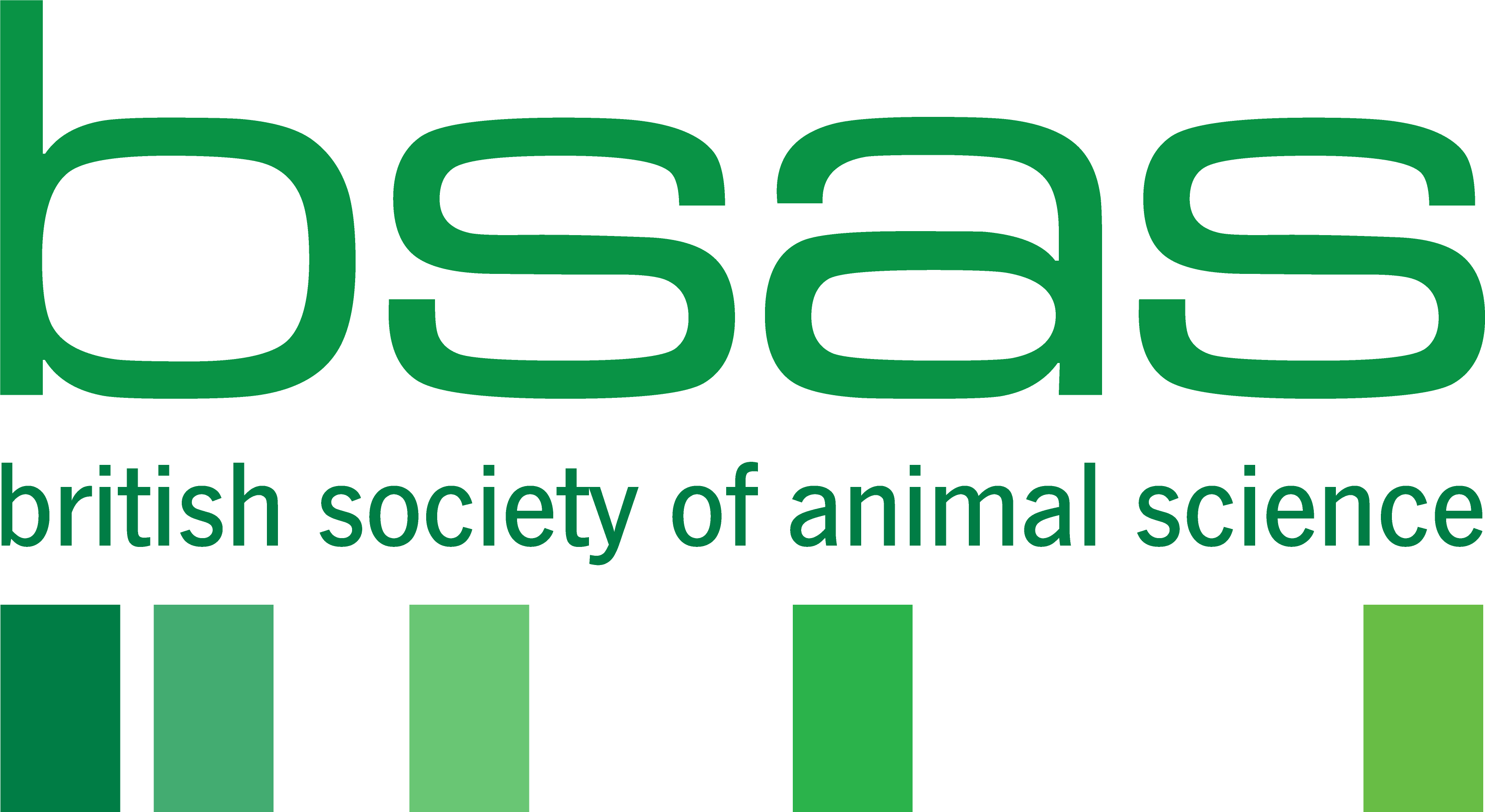The effect of a passive warming intervention on preoperative temperature maintenance in felines undergoing ovariohysterectomy
By Hazel Rooney
Take home message: Perioperative temperature loss is common in animals undergoing surgery, with many becoming hypothermic on recovery. The results of this study showed that the provision of blankets to cats during the preoperative period may be an effective method to maintain the body temperature of cats that are undergoing an ovariohysterectomy.
Perioperative temperature loss is common in animals undergoing surgery and cats are particularly at risk, due to their large surface area to mass ratio. Temperature loss can often result in hypothermia during the recovery period, which can lead to delayed wound healing, a prolonged recovery period, impaired coagulation, and increased risk of surgical site infection. Ovariohysterectomies (i.e. spays) are routine procedures performed daily in veterinary practices. Therefore, it is important that veterinarians and veterinary nurses implement preoperative protocols to prevent animals from becoming hypothermic consequential to a surgical procedure that requires an anaesthesia. The aim of this study was to investigate the effectiveness of a passive warming intervention, in the form of blankets, at maintaining temperature during the preoperative period in cats undergoing ovariohysterectomies. Furthermore, the results of this study could help veterinary practices to implement an evidence-based preoperative warming protocol to ensure maximum health and welfare for their patients.
A total of 15 cats were used in a randomised controlled study. Only cats that met the inclusion criteria (cats undergoing spays who were under 18 months old, classified as a short hair breed, weighing between 2-3.6kg, and deemed to be American Society of Anesthesiologists category one) were considered for the study. Cats were randomly assigned to either a control (n=7) or a treatment group (n=8) using a computer random number generator. During the preoperative period, all cats were housed in a cat ward in a stainless-steal kennel, with three sheets of newspaper and a Vetbed covering the entire kennel floor.
Prior to the administration of premedication, rectal temperatures were recorded using a digital thermometer whilst the cats were in their kennels. The same premedication was then administered intramuscularly and once given, cats were either wrapped in a blanket (treatment group) or left alone (control group). Once cats were moved to the preparation area for induction and prior to endo tracheal intubation occurring, rectal temperatures and the time taken between the premedication and induction was recorded. Following surgery and once the anaesthetic gas was turned off, a final rectal temperature was recorded. The room temperature of the cat ward, as well as the preparation areas were also recorded during the study. All statistical analyses were carried out using GenStat. Two sample T tests, Mann-Whitney U tests and Pearson’s correlation were used to assess the effect of passive warming intervention on preoperative temperature maintenance in cats undergoing an ovariohysterectomy Results were considered significant if P values were <0.05.
Results showed a significant effect of treatment on the temperature difference between when the cats’ temperatures were recorded prior to the premedication and before induction. The average reduction in temperature between the cats receiving their premedication to just before induction was 0.15℃ for the blanket group versus 0.50℃ for the control group. No significant association was found between the cats’ temperatures before induction and their rate of recovery. There was no difference found between the two treatment groups for the time between when the premedication was administered to when they were induced, or for age or body weight. However, a significant effect of treatment on the average room temperature for the cat ward and preparation area was reported, whereby average room temperature was higher for the cats in the blanket group.
This study was carried out by, Rebecca Atkinson, while studying her for BSc (Honours) Degree in Veterinary Nursing with Small Animal Rehabilitation at Harper Adams University. Rebecca would like to thank her supervisor, Kathrine Hart, her colleagues at Vets4Pets, Helen Cartlidge, family and friends, and of course the cats that participated in this project. I wish Rebecca the very best of luck with her future career.
Dr. Hazel Rooney, Pig Technical Co-Ordinator, Alltech Ireland
Hazel has been a member of the BSAS Early Career Council since 2020. She works to help pig producers, feed mills and vets to improve the health, welfare, and productivity of pigs in the Irish and European marketplaces.
